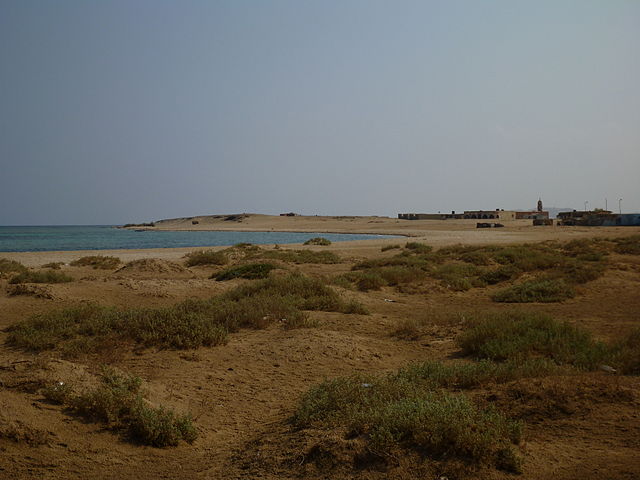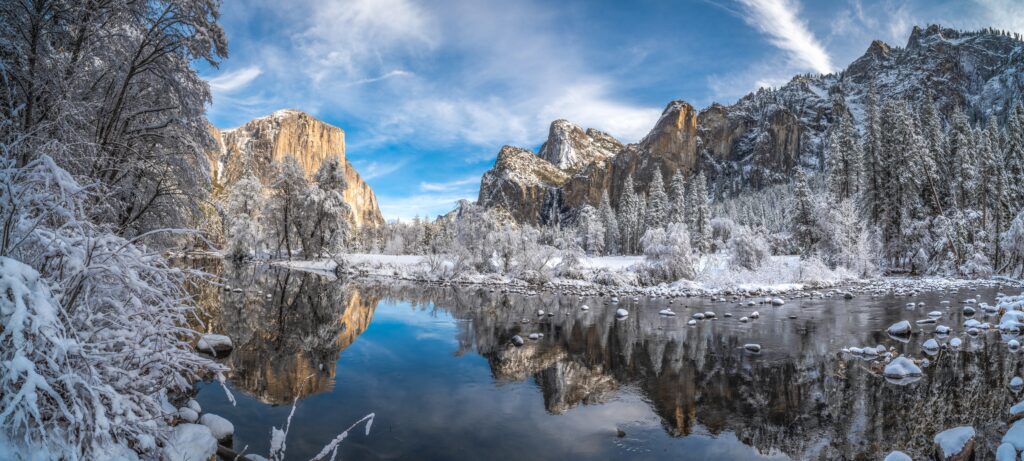
Nestled along the pristine Red Sea coast in Egypt, Wadi El Gamal National Park is a stunning testament to the country’s diverse landscapes and rich biodiversity. Stretching over an area of approximately 7,450 square kilometers, this national park is a haven for nature lovers, adventure seekers, and those looking to immerse themselves in Egypt’s unique ecological tapestry. This blog post will take you on a comprehensive journey through Wadi El Gamal, exploring its geography, flora and fauna, cultural significance, and the myriad activities it offers.
Geographic Overview
Wadi El Gamal, which translates to “Valley of the Camel,” is located in the Eastern Desert, south of the city of Marsa Alam. The park is characterized by its dramatic landscapes, which include rugged mountains, sandy plains, and a stunning coastline along the Red Sea. The topography of the area is marked by dry riverbeds, known as wadis, which have carved through the mountains over millennia, creating a striking contrast between the arid desert and the vibrant marine life just offshore.
Climate
The climate in Wadi El Gamal is typically arid, with hot summers and mild winters. Temperatures can soar during the summer months, often exceeding 40°C (104°F), while winter temperatures are more pleasant, averaging around 20°C to 25°C (68°F to 77°F). Rainfall is minimal, occurring primarily during the winter months, which contributes to the park’s unique desert ecosystems.
Biodiversity: Flora and Fauna
Flora
Wadi El Gamal is home to a diverse range of plant species, many of which are specially adapted to survive in the harsh desert environment. The park features a variety of habitats, including rocky outcrops, sandy plains, and coastal areas, each supporting unique plant communities.
Some notable plant species found in the park include:
- Acacia Trees: These hardy trees are commonly found in the region, providing shade and sustenance for various wildlife.
- Palm Trees: The date palm is a familiar sight in the park, especially in areas near water sources.
- Desert Shrubs: Various shrubs and herbaceous plants have adapted to the dry conditions, providing essential resources for local fauna.
Fauna
The wildlife in Wadi El Gamal is as diverse as its flora. The park serves as a crucial habitat for numerous animal species, many of which are endemic to the region. Some of the notable fauna include:
- Camels: The park’s namesake, camels are a common sight, often used for transport and tourism.
- Foxes and Hyenas: The Arabian red fox and striped hyena can be spotted roaming the area, especially during the cooler hours of the day.
- Bird Species: Over 100 bird species have been recorded in the park, making it a prime spot for birdwatching. Migratory birds stop here during their journeys, while resident species thrive in the diverse habitats.
- Marine Life: The coastal areas are teeming with marine biodiversity, including colorful coral reefs, various fish species, and even sea turtles.
Cultural Significance
Wadi El Gamal is not just a natural wonder; it also holds significant cultural importance. The area has been inhabited for thousands of years, with evidence of ancient civilizations that once thrived along the Red Sea coast. Remnants of these cultures, including rock art and archaeological sites, can still be found within the park.
Ancient Inhabitants
The region has a rich history, with evidence of human activity dating back to prehistoric times. The rock art found in the park’s caves illustrates the life of ancient tribes, their hunting practices, and the animals that roamed the area. These sites offer valuable insights into the culture and lifestyle of the people who once inhabited the region.
Bedouin Heritage
The Bedouins, the traditional nomadic tribes of the desert, have a deep connection to Wadi El Gamal. Their knowledge of the land and its resources has been passed down through generations. Visitors to the park can often encounter Bedouin guides who offer unique insights into the region’s ecology, traditions, and survival techniques.
Activities and Attractions
Wadi El Gamal National Park offers a plethora of activities for visitors looking to explore its natural beauty and cultural richness. Whether you are an adventure enthusiast or simply seeking tranquility, there is something for everyone.
Hiking and Trekking
The park boasts numerous trails that wind through its diverse landscapes. Hiking in Wadi El Gamal allows you to experience the breathtaking scenery up close, from the towering mountains to the serene desert plains. Popular trails include:
- Jebel Elba: A challenging trek that rewards hikers with panoramic views of the surrounding area.
- Wadi El Gamal Trail: A more accessible route that showcases the unique flora and fauna of the park.
Snorkeling and Diving
The coastal areas of Wadi El Gamal are renowned for their stunning coral reefs, making it a paradise for snorkelers and divers. The crystal-clear waters are home to a vibrant underwater world filled with colorful fish, sea turtles, and intricate coral formations. Some popular diving spots include:
- Marsa Alam: Known for its rich marine biodiversity, this area offers dive sites suitable for all experience levels.
- Elphinstone Reef: Famous for its shark sightings, this dive site is a must-visit for adventurous divers.
Birdwatching
With over 100 bird species recorded in the park, Wadi El Gamal is a birdwatcher’s paradise. The best times for birdwatching are during the early morning and late afternoon when the birds are most active. Some species to look out for include:
- Egyptian Vultures
- Steppe Eagles
- Sandy-coloured Bulbuls
Camping and Stargazing
For those looking to immerse themselves in nature, camping in Wadi El Gamal offers a unique experience. The park provides designated camping areas where visitors can set up tents and enjoy the tranquil surroundings. As night falls, the lack of light pollution reveals a stunning starry sky, making it an excellent location for stargazing.
Cultural Tours
Engaging with the local Bedouin communities is a rewarding experience. Many tour operators offer cultural tours that include traditional meals, storytelling, and insights into Bedouin customs. These interactions provide a deeper understanding of the region’s heritage and the symbiotic relationship between the people and the land.
Conservation Efforts
Wadi El Gamal National Park is not only a beautiful destination but also a critical area for conservation. The park is home to several endangered species and unique ecosystems that require protection. Efforts are underway to preserve these natural resources, focusing on sustainable tourism practices and habitat restoration.
Eco-Tourism
Promoting eco-tourism is a key component of conservation efforts in Wadi El Gamal. By encouraging responsible travel practices, visitors can enjoy the park’s beauty while minimizing their impact on the environment. Activities such as guided nature walks and wildlife observation promote awareness and appreciation for the park’s ecosystems.
Community Involvement
Engaging local communities in conservation initiatives is essential for the long-term sustainability of Wadi El Gamal. By involving Bedouin tribes in eco-tourism and conservation projects, their traditional knowledge and connection to the land can be harnessed to protect the region’s natural heritage.
Conclusion
Wadi El Gamal National Park is a captivating destination that showcases the best of Egypt’s natural beauty and cultural richness. From its breathtaking landscapes and diverse ecosystems to its rich history and vibrant local culture, the park offers a unique experience for every traveler. Whether you’re hiking through rugged mountains, snorkeling in pristine waters, or engaging with local communities, Wadi El Gamal invites you to explore its wonders and appreciate the delicate balance of nature and culture.
For those seeking adventure, tranquility, or a deeper understanding of Egypt’s environmental and cultural heritage, Wadi El Gamal National Park stands as a testament to the country’s hidden gems, waiting to be discovered. Plan your visit today and embark on an unforgettable journey into this remarkable national park.
